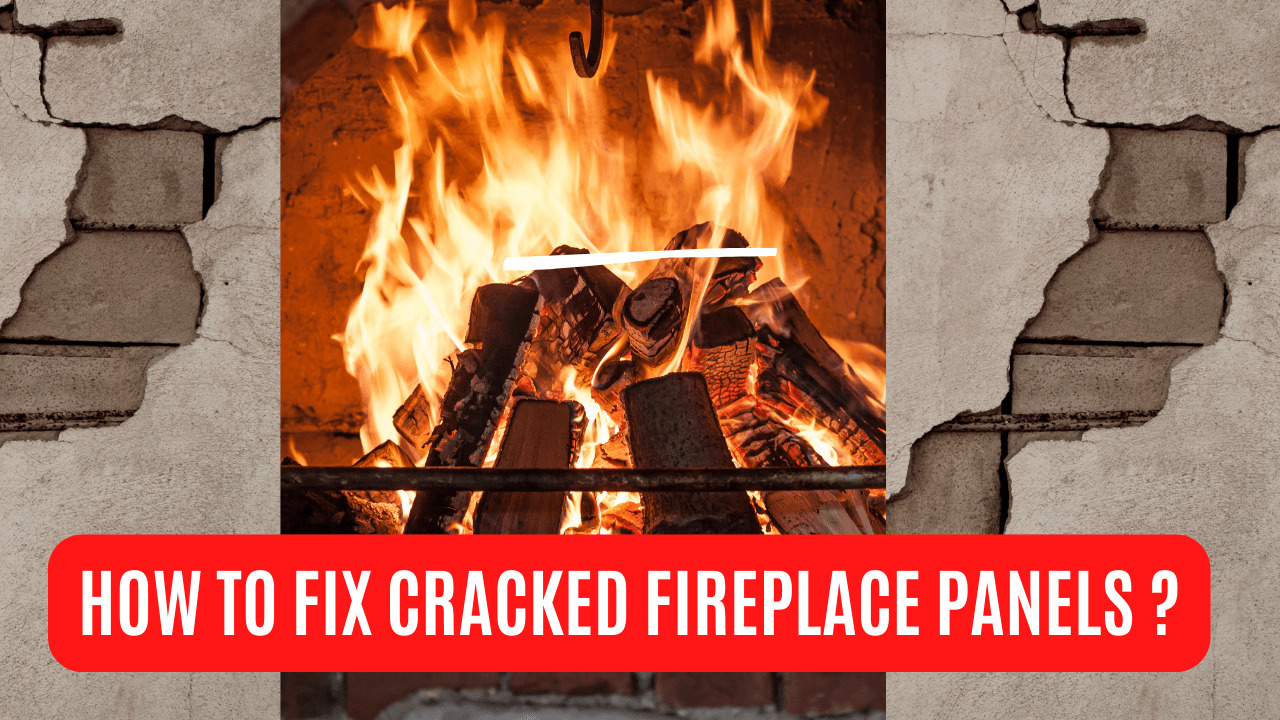The pilot light can be adjusted in any situation. You’ll need a screwdriver and a little patience to solve the problem, which should take only a few minutes. Look for the controls near the bottom of a direct-vent fireplace. On others, a screw can be readily adjusted with a screwdriver.
Any home would benefit from a gas fireplace. They provide warmth and ambiance, but you must first ignite a pilot light before enjoying the flames. Turn on your gas valve and light a pilot light with a long lighter or matchstick.
On the other hand, what if your fireplace refuses to stay lit? Don’t be concerned if this happens. This post will show you how to quickly restart your fire.
Table of Contents
The Working Mechanism Of Pilot Light On Gas Fireplace
It’s necessary to understand what can go wrong with standing pilot lights before you begin troubleshooting. A pilot light generates a flame for equipment such as water heaters and fireplaces.
A thermocouple, which sends an electric signal, is used by a pilot light to ensure that it continues to burn. A signal isn’t sent if the pilot light is out, though. Electronic gadgets are commonly used to start a fire and control the fireplace’s operation in modern fireplaces. It’s easy to use and has a few benefits.
It saves money by not requiring gas and is simple to maintain. The disadvantage of using an electrical ignition system is that you will be unable to light the fireplace if the power goes out.
Don’t Use A Too Long Pilot Light
The sensors will not be able to light the system if the pilot flame is too lengthy. Furthermore, the intense orange light does not give the temperature that the thermocouple requires to function. It’s unlikely to harm the system, but it could cause ignition problems.
So, if the flame on the pilot stand resembles a candle flame rather than the flame on the gas stove, your fireplace system is malfunctioning.
Steps To Adjust Pilot Light On Gas Fireplace
On colder days, you may anticipate relaxing in front of your fireplace, which will provide you with comfortable heat. Many people currently choose gas fireplaces because they are practical and relatively easy to maintain.
However, you won’t be able to enjoy the comforts you paid for if you can’t regulate the flame of your gas fireplace appropriately. You must set the flame correctly to get sufficient heat from your gas fireplace.
Locate Gas Control Knob
To begin, locate the gas control knob, which controls the amount of gas used by your fireplace. Below the ceramic logs is where you’ll discover this knob. A little pointer is frequently found on the black knob. It also includes the word pilot.
Turn On Pilot Settings
Turn the control knob to the “pilot” position to turn on the gas fireplace. To begin, turn the knob to the left and press it in.
The gas will be able to flow into the pilot light due to this. You can either use the sparked or a match to start the pilot light.
Release Control Knob
You must now wait a minute for the flame to die out. To do so, turn off the control knob and let the flame burn naturally. Maintain the lowest flame setting by turning the control knob.
Adjust The Height Of Flame
Locate the gas logs’ front switch. It should have the word “ON” written on it. To turn on the burner, turn the switch to this position. Now, look at the flame height when it first ignited.
The height of the flame must be adjusted. The flame height can be reduced by turning the knob to the right. If you wish to raise the flame height, turn the knob to the left. To maintain the desired temperature, adjust the flame height. And that’s how you can control the flame of your gas fireplace in just five simple steps.
Maintain Gas Fireplace Pilot Light
You may need to clean your gas fireplace pilot light if the flame is frequently going out or variable in size and color. You have two options for doing this, including manually cleaning your unit’s combustion chamber or totally disassembling it for a more thorough manual inspection.
Both methods should work fine if done correctly, but if they don’t, proceed with caution when removing parts from your unit because they can easily break.
You should inspect each element before reassembling it to ensure that no pieces are lost. Don’t forget to remove any decorative covers on top of your firebox, such as glass panels. Avoid using abrasive cleaners if you have a glass panel because the tempered surface will be permanently damaged.
Conclusion
A gas fireplace is primarily composed of flames. You won’t receive enough heat from your fireplace if the flames aren’t exactly right. So, keep the preceding discussion in mind if you observe any variations in your fireplace’s flame state.
Ensure everything is thoroughly removed before replacing or cleaning out the pilot light. If something goes wrong, it may take some trial and error, but once properly put on your fireplace area, they are incredibly reliable equipment.
After that, all that’s left to do is enjoy the convenience by utilizing it as much as possible over the upcoming winter months.





